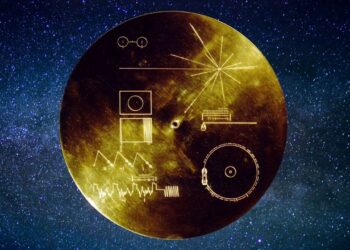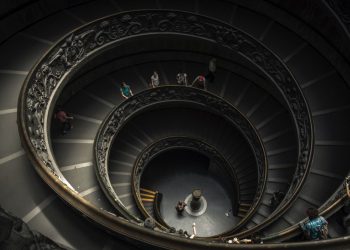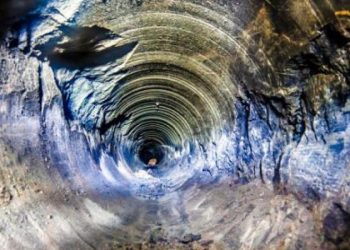Once considered a topic for conspiracy theorists and dismissed as mere fantasy, the study of UFOs, now more commonly known as Unidentified Aerial Phenomena (UAPs), is beginning to transform into a serious scientific pursuit. What has changed in recent years is not only public interest but also the approach of academic institutions and government bodies toward these unexplained occurrences. The transition from fringe science to legitimate inquiry marks a new era for the field of ufology, where data-driven analysis and peer-reviewed research are challenging the skepticism that once defined it.
From Dismissal to Data-Driven Research
For much of the 20th century, UFOs were dismissed as anecdotal and lacking in credible evidence. Reports were often mocked, with witnesses portrayed as unreliable or overly imaginative. Yet, as military pilots, radar operators, and even astronauts began reporting sightings, the once-dismissed phenomenon started gaining attention in more serious circles. The turning point came when several high-profile cases, supported by hard data—such as radar tracking, video footage, and eyewitness accounts—could no longer be ignored.
The Scientific Coalition for UAP Studies (SCU) has played a crucial role in bringing academic credibility to this once-taboo subject. Composed of scientists, engineers, and former military personnel, SCU has devoted itself to investigating the most credible UAP cases. Unlike earlier UFO organizations, SCU emphasizes rigorous data collection and peer-reviewed analysis. Their investigation into the 2004 Nimitz UFO encounter—a case involving U.S. Navy pilots capturing mysterious aerial objects on video—brought the topic into the mainstream, showcasing advanced capabilities beyond any known technology.
Breaking Through the Stigma
One of the major hurdles ufology has faced is the enduring stigma attached to it. Many researchers fear professional backlash or ridicule, which has long deterred mainstream scientists from engaging with the subject. As Richard Hoffman, a senior architect with decades of experience in the military, explains, the perception of UFO research as fringe science has been difficult to shake. “The scientific community still struggles with the stigma,” Hoffman said, “even though many scientists are personally intrigued by the phenomena.”
This reluctance is slowly fading, thanks in part to landmark revelations. In 2017, The New York Times published a groundbreaking report confirming that the Pentagon had run a secret UFO investigation program, the Advanced Aerospace Threat Identification Program (AATIP). This acknowledgment from the U.S. government sparked renewed interest in UFOs, helping to shift public perception and prompting a more open discussion within scientific and military communities.
The Role of Scientific Collaboration
Today’s ufology is not just about anecdotal stories or grainy photographs. The field is increasingly focused on collaborative research efforts that involve sophisticated technology and multi-disciplinary expertise. As MJ Banias explained in an article earlier this year, Projects like UFOData, which aim to use advanced sensors and high-tech observation systems to track and analyze aerial anomalies, represent the future of UAP research. These efforts are designed to gather measurable, empirical data that can withstand the scrutiny of the scientific method.
Additionally, SCU has established its own peer-reviewed journal, Limina, to ensure that UAP research meets the rigorous standards required for publication. This move is seen as a critical step in bridging the gap between UFO researchers and mainstream science, giving experts a platform to share their findings without the stigma traditionally associated with the field.
What’s Next for Ufology?
As more data continues to emerge, the debate over the origins of UAPs has intensified. While some speculate that these phenomena could be linked to extraterrestrial intelligence, others propose that they may represent advanced human technology or natural phenomena we have yet to fully understand. Regardless of their origin, the importance of studying UAPs extends beyond solving the mystery of what they are. These investigations have the potential to revolutionize our understanding of aerospace, propulsion systems, and even the fabric of reality itself.
The future of ufology lies in its ability to integrate more deeply into established scientific frameworks. As researchers continue to gather credible evidence, the once-derided field is gaining the respect it has long sought. Whether the explanation for UAPs is alien, terrestrial, or something altogether unexpected, the scientific pursuit of these mysteries promises to expand the boundaries of what we know—and what we’re willing to explore.











